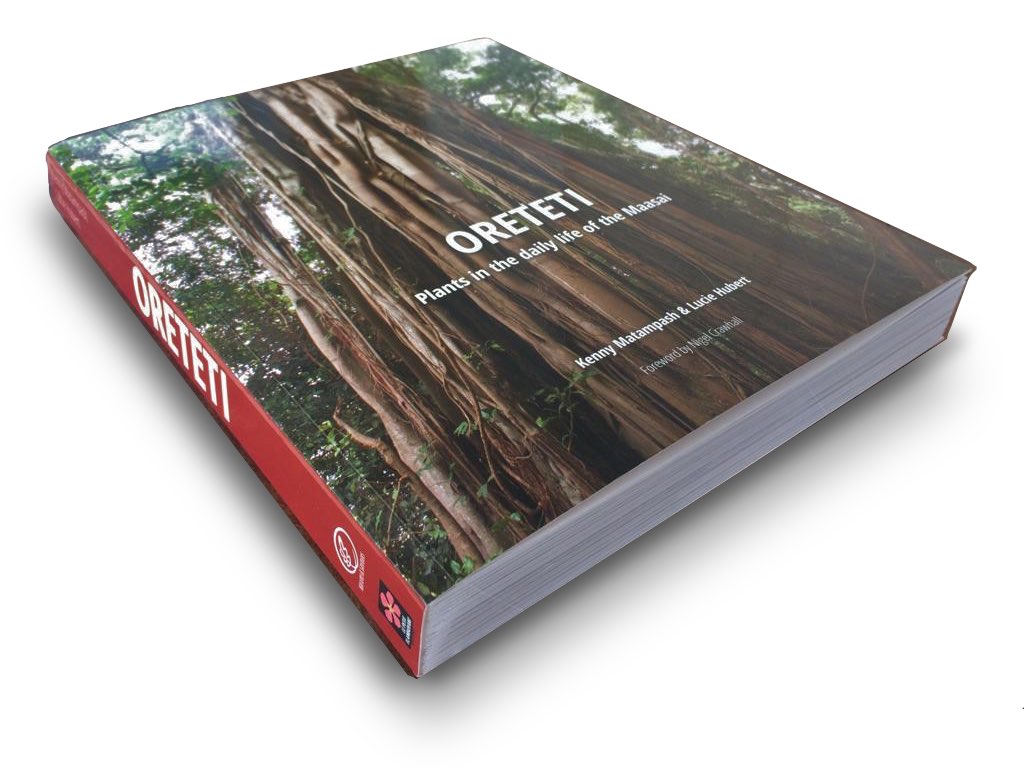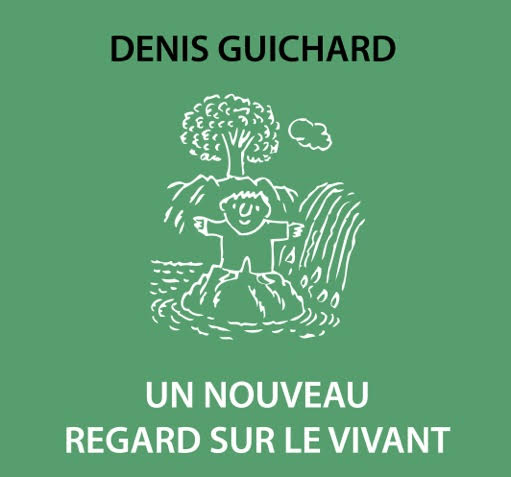
ORETETI
Plants in the daily life of the Maasai
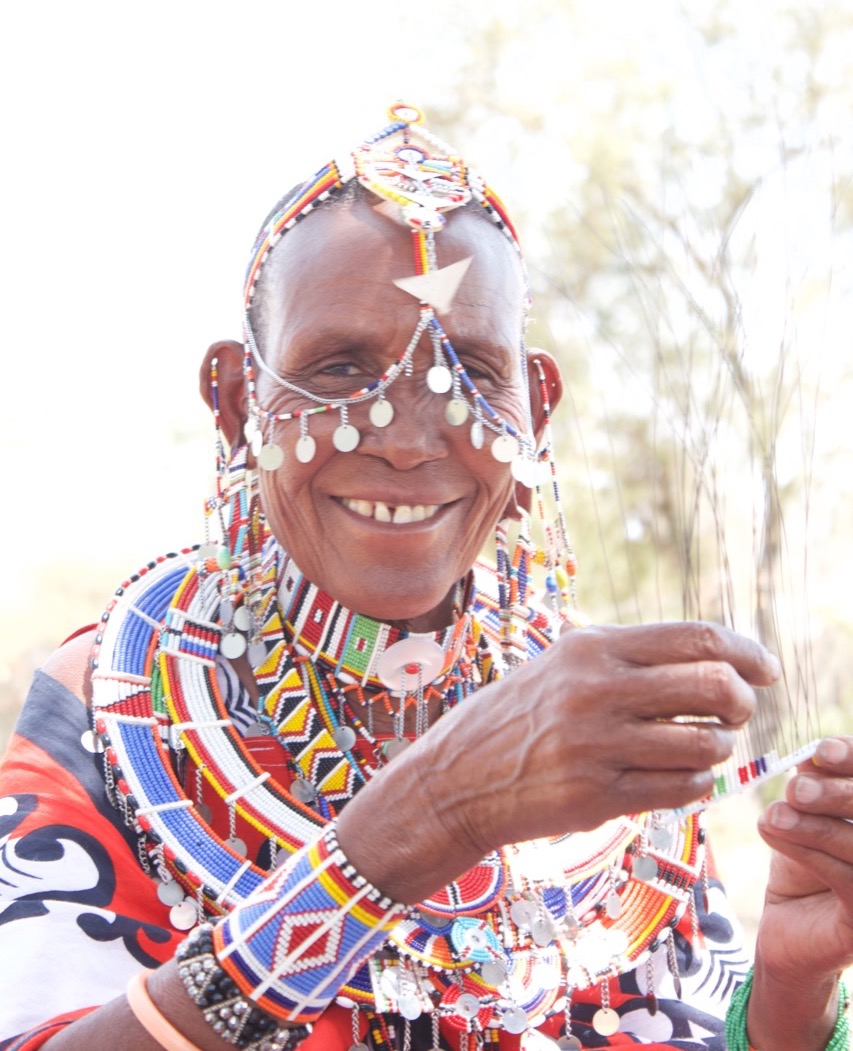
The Maasai culture is endangered
The Maasai are a pastoralist people which territory stretches on the two sides of the border between Kenya and Tanzania. Their population is approximately 900.000 people. They are the most famous ethnic group of East Africa. They live on a nomadic and semi-nomadic way with their herds of cows. They are known for their hospitality and their democratic organisation based on a spiritual dimension of their social relation to the environment. Like the other primary people on the planet, they are conscious to be linked to the earth and the cosmos and they feel responsible for protecting the nature and keeping the world in balance. Despite the pressure of the modern world, Maasai people have been able to keep their traditional way of living and their cultural identity. But their culture and cultural values are in great danger, for two reasons: Their land is getting smaller through sale or expropriation, which compels them to settle down. The children are compelled to go English/Swahili school, which leads to the slow vanishing of oral tradition in Maa language. That is why it is urgent and important to document and put them on paper before they disappear.
The goal of Oreteti
This publication documents the Maasai oral tradition. Its aim is :
- To allow for the transmission of this knowledge to the younger Maasai generations
- To provide for the world a truer perspective and insight into the Maasai world, and especially into their relationship with nature and cosmos.
This publication is also an appeal to all indigenous people to start documenting and recording their valuable traditional knowledge so that it can be safeguarded for generations to come and shared with the world.
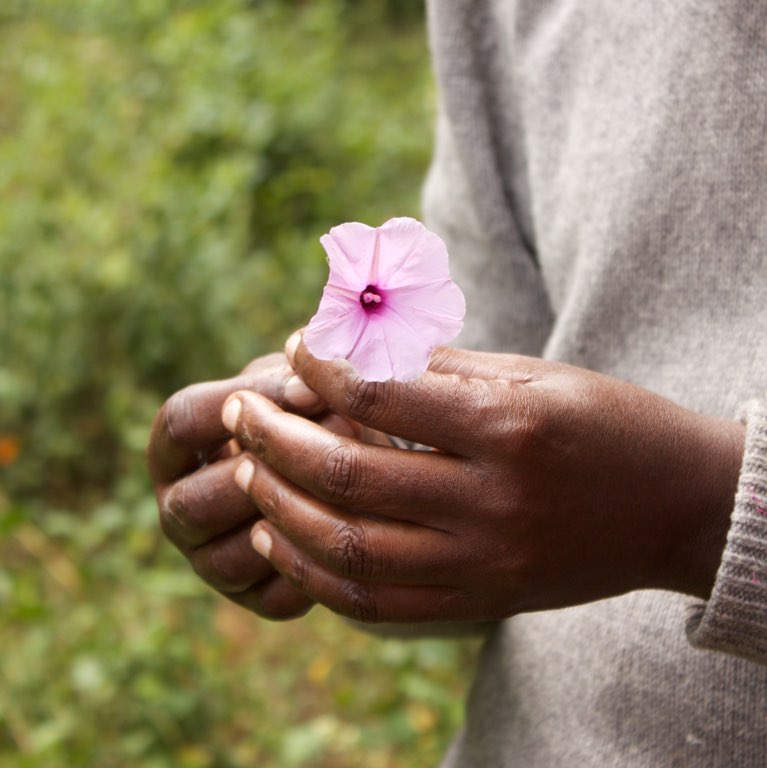
About the Oreteti Book
Oreteti is an inventory and guide to Maasai plants including their properties and
traditional use in Maasai daily life.
It is a 400 pages book with numerous colour pictures, interviews and text which has been structured into two
parts:
- The first part details the use of wild plants in the daily life of Maasai people, for example, how they are consumed in soups and teas, how they are taken to cure both human and livestock illnesses, how they are used in ceremonies, etc. This provides an insight into the Maasai world and culture, into their vision of the universe and nature. Interviews have been added to the text.
- The second part is a catalogue of all the plants previously mentioned in part one and photographed in the field. Approximately one hundred and thirty of them have been identified and studied. This list is of course non-exhaustive. It includes the most important or commonly used plants in the daily life of the Maasai in all the zones of Maasailand in Kenya.
Although the research did not extend to Tanzania, it should be understood that the plants of Maasailand Tanzania and their use are similar to those in Kenya.
This document is unique! A lot has been written about the Maasai by outsiders but for the first time, these stories are told by the Maasai in their own words.To buy the book: You can order ORETETI through the link below. We can send the book anywhere in the world:
Buy Oreteti at Africa Vivre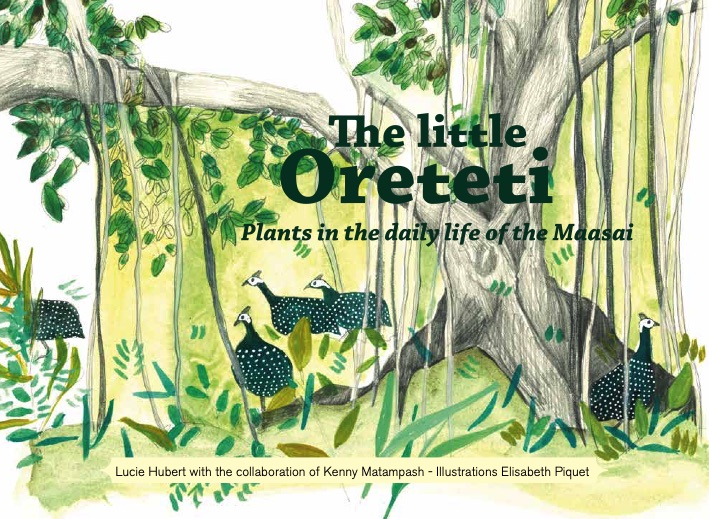
The Little Oreteti
This smaller book of 56 pages, beautifully illustrated and drawn from the big ORETETI document describes the 17 most important plants for the Maasai, or the ones they mostly use in their daily life, to feed, cure themselves and their animals, or for their rituals.
It is meant for the Maasai youth and school children as a tool of transmission of an oral knowledge, which nowadays disappears so quickly that it might be soon forgotten. But it is also meant for all the people who would like to have a glimpse into the richness of the Maasai flora and culture.
To buy the book: You can order the Little ORETETI through the link below. We can send the book anywhere in the world:
Buy the Little Oreteti at Africa Vivre